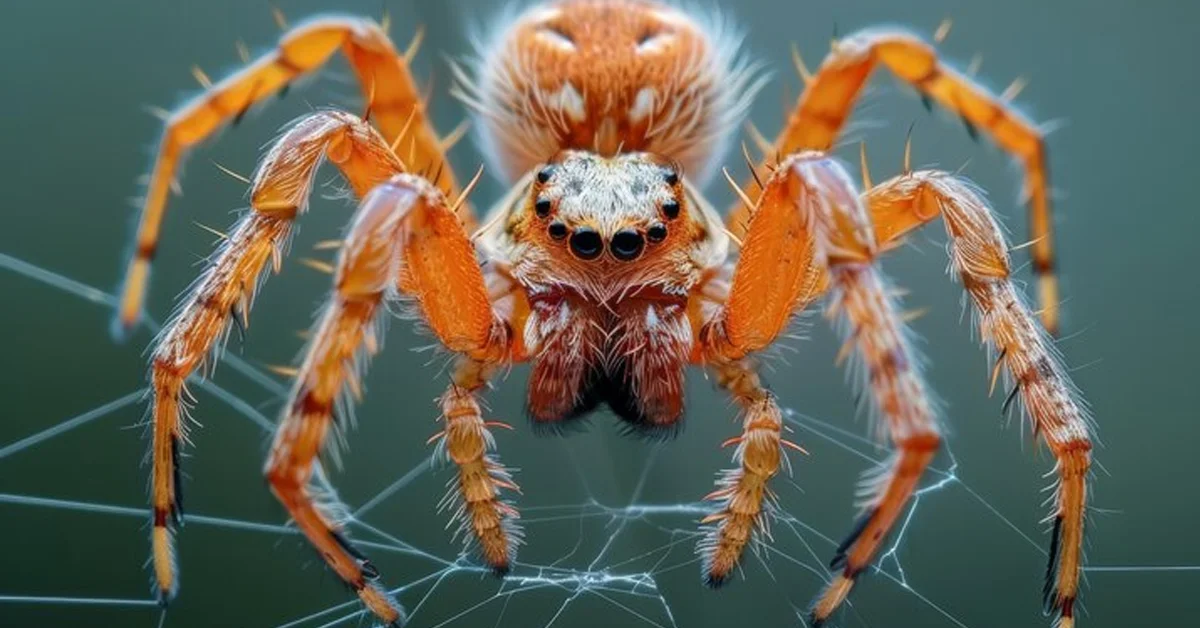Crab spiders, belonging to the family Thomisidae, are fascinating arachnids known for their unique hunting strategies and remarkable adaptability. With their distinct body shapes and colors, these spiders are often mistaken for crabs, which is how they got their name. In this article, we will delve into the intriguing world of crab spiders, exploring their biology, behavior, habitat, and role in the ecosystem.
ALSO READ: Stars-923: Unlocking The Ultimate Cosmic Secrets
Table of Contents
ToggleWhat Are Crab Spiders?
Crab spiders are a diverse group of spiders characterized by their flattened bodies and long, spiny legs that allow them to walk sideways, much like crabs. They typically have a robust build and exhibit a variety of colors and patterns, enabling them to blend into their surroundings. This camouflage is essential for their hunting strategy, as they are ambush predators.
Physical Characteristics
Crab spiders vary in size, with some species measuring just a few millimeters, while others can reach lengths of over 2 centimeters. Their coloration can range from white and yellow to brown and even vibrant hues, depending on their environment. Many species are capable of changing color to match the flowers or plants they inhabit, enhancing their stealth.
Habitat
Crab spiders are found in a wide range of habitats, including gardens, meadows, and forests. They are often seen on flowers, where they wait for unsuspecting pollinators to arrive. This strategic choice of habitat not only provides cover but also ensures a steady supply of food.
Hunting Techniques
Ambush Predation
Crab spiders are master ambush predators. They do not spin webs to catch their prey but instead rely on their ability to blend into their surroundings. By remaining motionless, they wait for insects, such as bees and butterflies, to come close. When the opportunity arises, they strike with lightning speed, using their powerful fangs to subdue their prey.
Venom and Digestion
Crab spiders possess venom that helps immobilize their prey. The venom is not only used for hunting but also for digesting the captured insects. Once the prey is subdued, the spider injects digestive enzymes, breaking down the insides so they can suck up the nutrients. This method of feeding allows them to consume prey much larger than themselves.
Reproduction and Life Cycle
Mating Rituals
The mating season for crab spiders typically occurs in spring and summer. Males often engage in elaborate courtship displays to attract females. These displays can include specific movements and color changes. Once a female chooses a mate, copulation occurs, after which the male may leave or, in some cases, be consumed by the female.
Egg Sac and Offspring
After mating, the female crab spider produces an egg sac containing dozens to hundreds of eggs. She typically guards the sac until the spiderlings hatch. Once they emerge, the young spiders are independent and must fend for themselves, often relying on their camouflage to survive their early days.
Behavior and Adaptations
Camouflage and Color Change
One of the most remarkable adaptations of crab spiders is their ability to change color. This ability is especially useful for species that inhabit flowers. By matching their color to the bloom, they can effectively ambush unsuspecting pollinators.
Territoriality
Crab spiders are territorial creatures. Males often establish territories to attract females, while females may defend their chosen flowers against other spiders. This territorial behavior ensures they have access to food and mating opportunities.
Ecological Importance
Role in Pollinator Dynamics
Crab spiders play a crucial role in the ecosystem as both predators and prey. By preying on pollinators, they help regulate insect populations, contributing to a balanced ecosystem. Their presence can also impact the behaviors of pollinators, as many insects may avoid flowers known to harbor crab spiders.
Biodiversity Indicators
The presence of crab spiders in an ecosystem can indicate a healthy environment. These spiders are sensitive to changes in their habitat, making them good indicators of biodiversity. A decline in crab spider populations may suggest environmental stress or habitat loss.
Conservation and Threats
Habitat Loss
Like many species, crab spiders face threats from habitat loss due to urbanization, agriculture, and climate change. Protecting their natural habitats is essential for their survival. Preserving wildflower areas and natural gardens can provide suitable environments for these spiders.
Pesticide Use
The use of pesticides in agriculture and gardening poses a significant risk to crab spider populations. These chemicals can reduce their food sources and directly harm the spiders themselves. Encouraging organic gardening practices can help mitigate these threats.
Conclusion
Crab spiders are remarkable creatures that exemplify nature’s ingenuity in predator-prey dynamics. Their ability to camouflage, ambush prey, and adapt to their environments makes them fascinating subjects of study. As we continue to learn about these cunning predators, it becomes increasingly important to advocate for their conservation and the preservation of their habitats.
ALSO READ: Explore The Maraca Camera Brand Features Reviews And Tips
FAQs
What is a crab spider?
Crab spiders are a family of arachnids known for their unique sideways walking motion and ambush predatory behavior. They can blend into their surroundings, often found on flowers, waiting to catch insects.
How do crab spiders hunt?
Crab spiders are ambush predators; they wait motionless for prey to approach. Once an insect is close enough, they strike quickly using their venom to subdue and digest it.
Where do crab spiders live?
Crab spiders inhabit a variety of environments, including gardens, meadows, and forests. They are commonly found on flowers, where they camouflage themselves to catch pollinators.
Do crab spiders build webs?
No, crab spiders do not spin webs. Instead, they rely on their camouflage and ambush tactics to catch prey.
Are crab spiders harmful to humans?
Most crab spiders are not harmful to humans. While they do have venom, it is generally not dangerous, and bites are rare.

